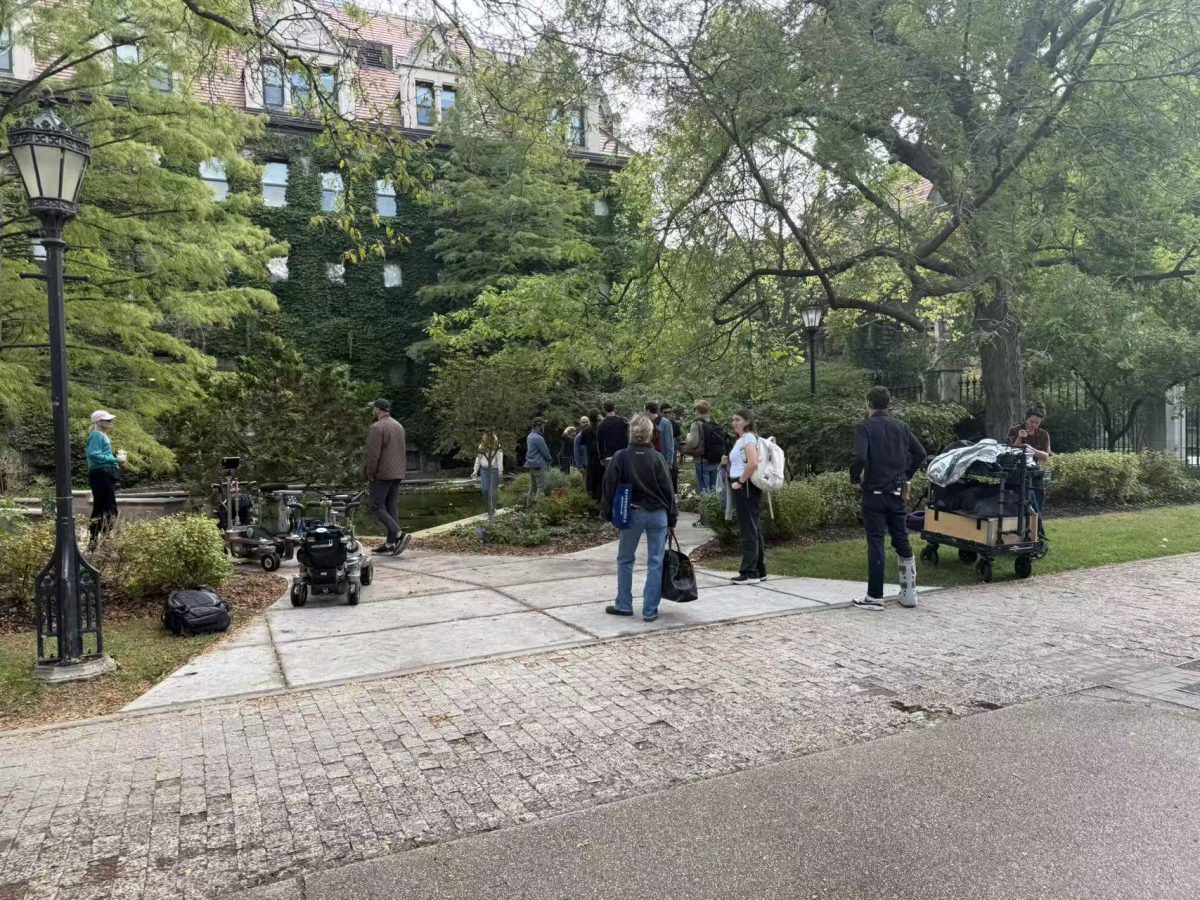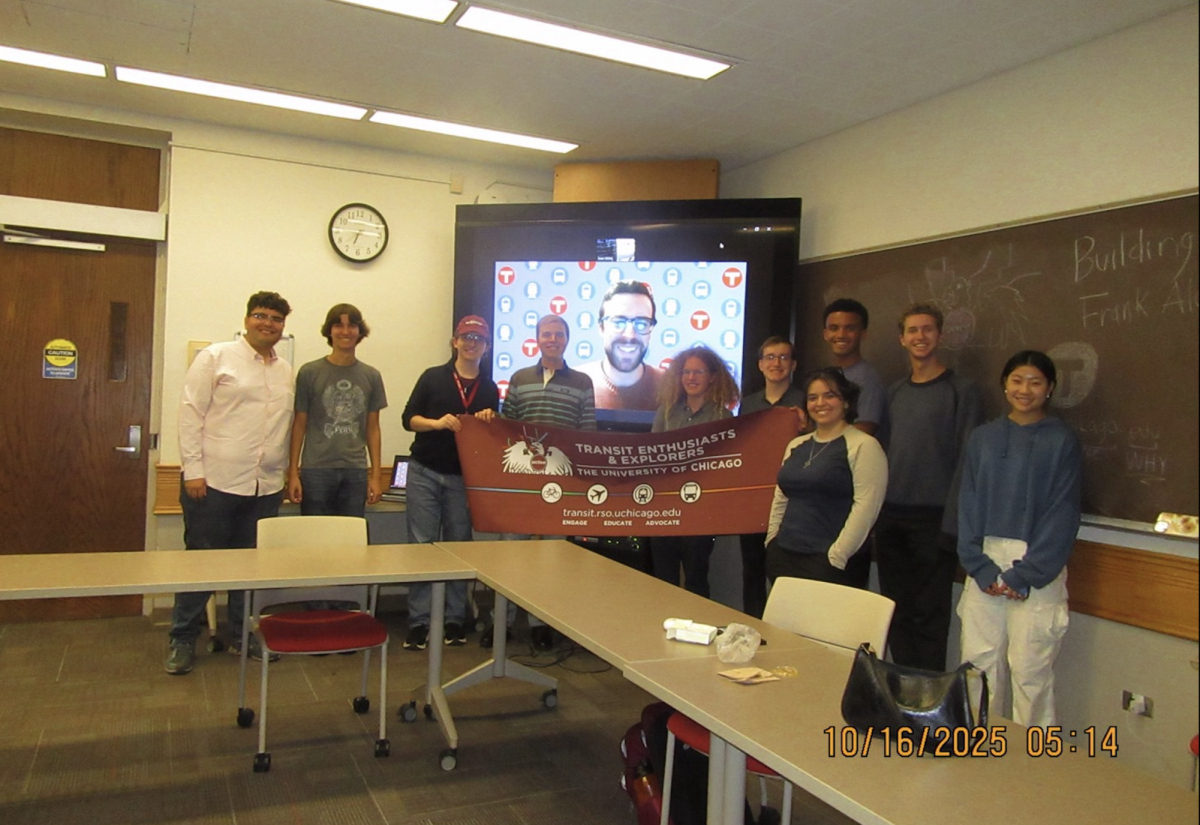Student groups have gained access to a $25,000 line of credit toward catering their events as part of a new contract negotiated between the University and its food provider Aramark, and the current number is bound to increase as much as fourfold in the coming years.
The line of credit became effective at the beginning of spring quarter, establishing another financial outlet, aside from existing sources like the Student Government Finance Committee (SGFC), for RSOs reaching beyond their annual budget.
The $25,000 line of credit will continue through the end of this quarter. Beginning next year, however, that number will jump to $50,000, then again up to $75,000 the next year, finally landing at $100,000 for its fourth year. The line of credit will remain at the $100,000 level, adjusted for inflation, for following years.
With the catering fund barely a month old, it is still uncertain how the additional $25,000 will shift the balance between different sources of funding for RSOs, according to third-year Law student and SGFC member Pravin Patel.
“The short answer is that it’s great, because the SGFC, as we know, has limited funds,” he said. “As for how the dichotomy between the two [funding sources] will work, I think that remains to be seen.”
Still, Patel said that the spring-quarter timing of the fund has been opportune, since the SGFC typically runs dry before the end of the academic year.
“Right now, it provides the current committee with a little bit a luxury.”
Christopher Toote, the Associate Director for Dining Operations at the University, is excited to see another source of funding available to RSOs.
“That was one of the attractive ingredients of the [Aramark] contract,” Toote said. “We were concerned that the interests of our students be acknowledged and recognized.”
RSOs rely on food as a major draw when planning their events, particularly for cultural groups like the South Asian Student Association (SASA). Catering costs for SASA’s annual show can run into the thousands, according to SASA President and fourth-year Arjun Moorjani, but even food for smaller events can cost as much as $1,000.
“Food is something that’s very important to our organization. It’s a big draw,” he said. However, he added, RSOs like SASA get much of their appeal from cultural fare that would not be available on Aramark’s menu, where salad buffets and taco bars run for seven dollars per person.
“A lot of our food is ethnic food, and it requires a degree of knowledge,” Moorjani said. Still, he said, “The more options we get from the University the better.”
Applications for the credit line are available on the SG and Dining Web sites, and RSOs must submit them at least 10 days before the event.
The nine members of the Student Organization Catering fund committee—comprising undergraduates, graduate students, and members of the dining staff—then vote on the proposal and deliver a response within two days of submission.
“It’s not just a matter of asking for money. There must be a worthwhile ideal for the project that the event is sponsoring,” Toote said.
Cost is also a factor, and, thus far, the requests have ranged from $74 to almost $3,000. Most, if not all, of the 26 RSO applications this quarter have been approved.








